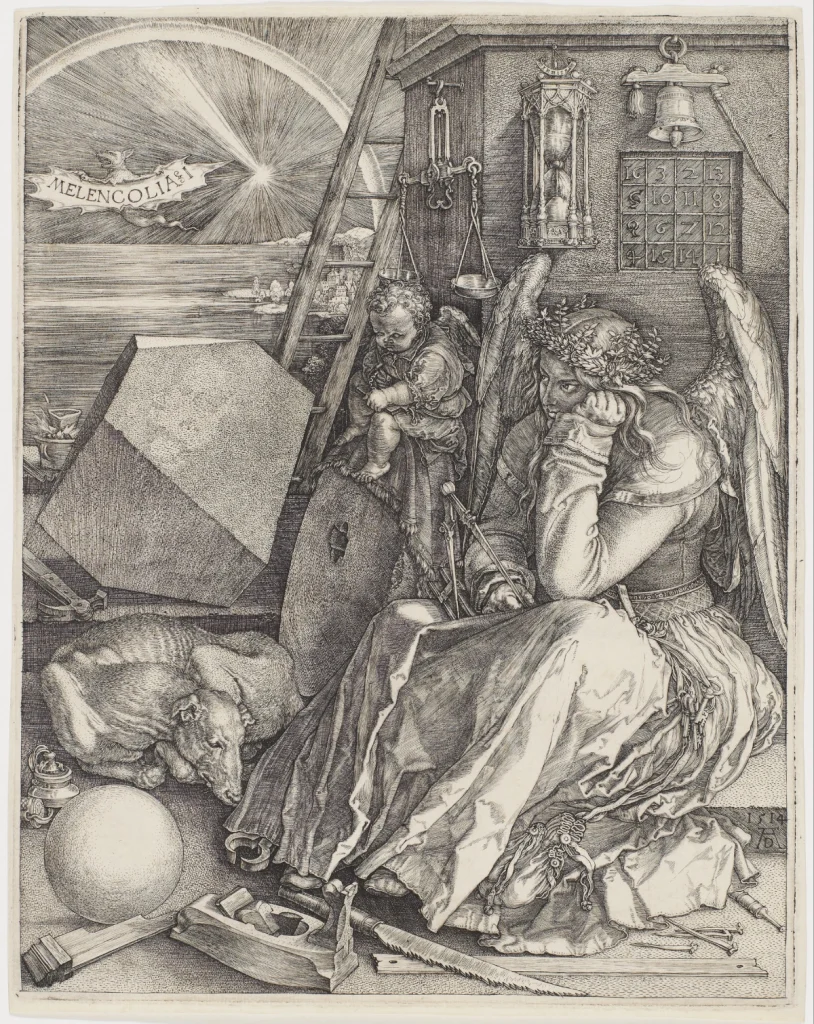Albrecht Dürer: The Renaissance Genius Who Revolutionised Art and Science
Nature holds the beautiful for the artist who has the insight to extract it. Thus, beauty lies even in humble, perhaps ugly things, and the ideal, which bypasses or improves on nature, may not be wonderful in the end.
Albrecht Durer
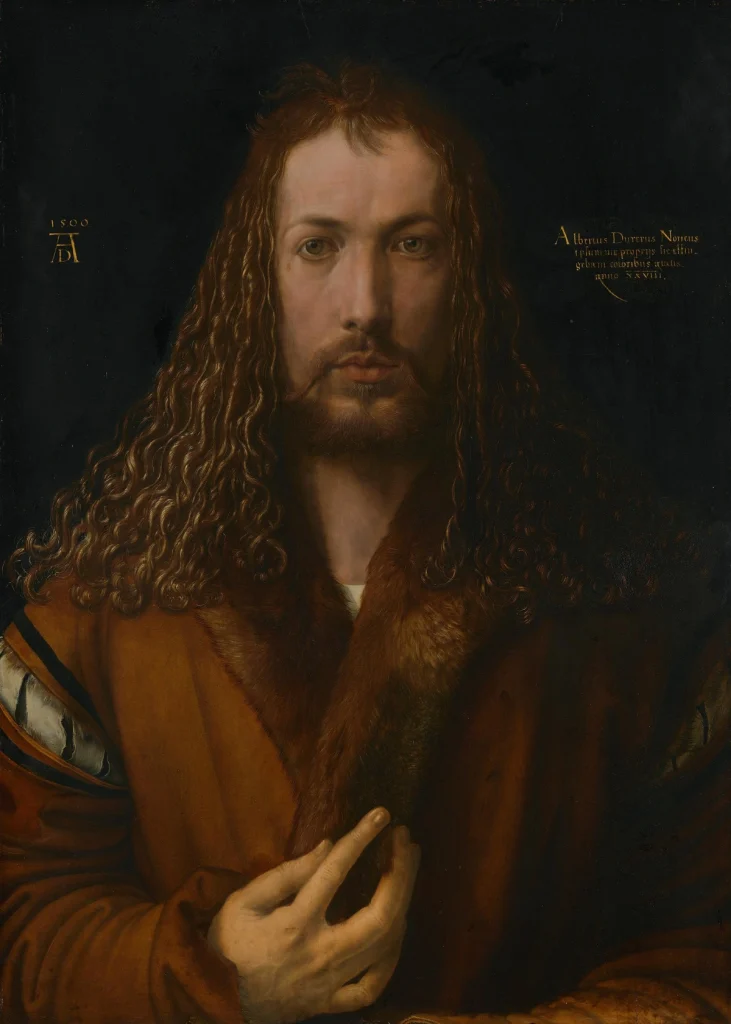
Courtesy – Wikipedia
Albrecht Dürer is one of the most influential and iconic figures of the German Renaissance. Renowned as a master painter, printmaker, draftsman, and theorist, Dürer is best known for his groundbreaking woodcuts and engravings and meticulous studies of human anatomy, proportion, and geometry. With a legacy that bridges art and science, Dürer’s works continue to be celebrated globally for their technical brilliance and intellectual depth.
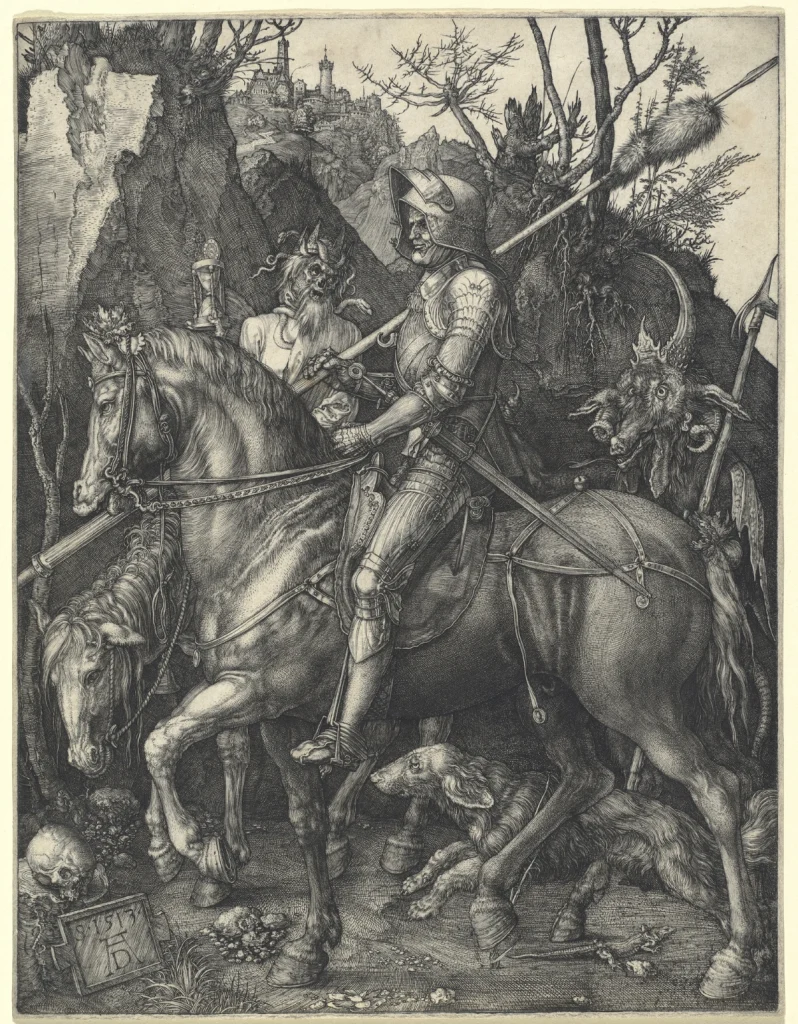
Courtesy – Wikipedia
Born in Nuremberg, Germany, Albrecht Dürer was the son of a goldsmith and began his apprenticeship under his father at the age of 15. His early exposure to precision craftsmanship deeply influenced his later works. By 1490, he launched his career as an independent artist, and his exceptional talent soon gained widespread recognition.
Dürer’s Contributions to Renaissance Art
Albrecht Dürer is considered the most important artist of the German Renaissance, bringing the ideals of the Italian Renaissance to Northern Europe. His woodcuts and engravings, including The Four Horsemen of the Apocalypse, Adam and Eve, and The Knight, Death, and the Devil, are masterpieces that blend intense detail, dramatic imagery, and spiritual symbolism.
Albrecht Dürer’s artworks were characterised by:
- Meticulous attention to detail
- Masterful use of light and shadow
- Rich colour palettes
- Expressive religious and mythological themes
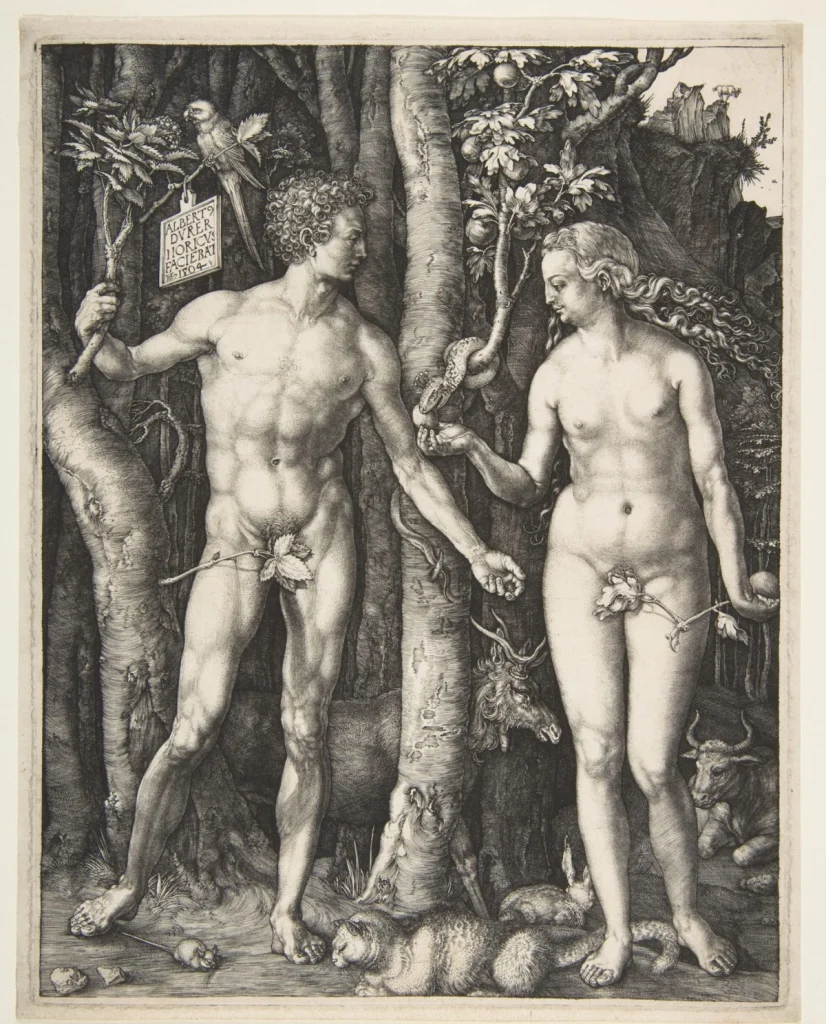
Courtesy – The Metropolitan Museum of Art
His profound understanding of anatomy and proportion allowed him to depict the human form with unprecedented realism. These qualities cemented his reputation not only as an artistic virtuoso but also as one of the greatest draftsmen of all time.
Art Meets Science: Dürer the Mathematician and Engineer
Dürer’s genius extended beyond the canvas. He was a skilled mathematician and engineer, contributing significantly to the intellectual and scientific culture of his time.
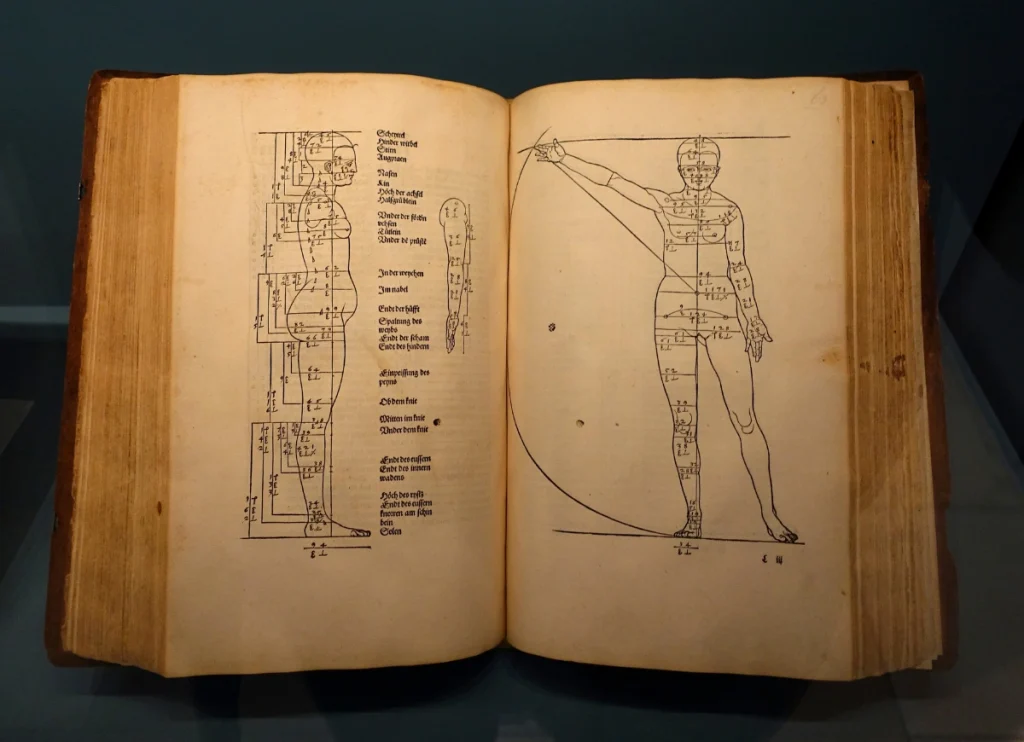
Courtesy – Germanisches Nationalmuseum, Nuremberg, Germany
11 Lesser-Known Facts About Albrecht Dürer
- First to use “art” for self-description: Dürer was the earliest artist to refer to his creations as “art” and signed them with a personal monogram.
- He was also a skilled mathematician and engineer. He created tools, including a mechanical calculator and a pantograph for copying images.
- He was among the first to print artworks using copper plates. You could find several bootlegs and pirated copies.
- His 1525 book, “The Four Books of Human Proportion”, on human proportion laid the groundwork for future anatomical studies in art.
- His 1518 treatise, “The Art of Measurement”, was groundbreaking as a scientific approach to visual art.
- Albrecht Dürer developed an early form of anamorphic art. Here, you project an image onto a surface at an angle so it appears distorted until viewed from a different angle or with a special device.
- He created “Melancholia I”, the geometric and symbolic work remains one of the most admired examples of mathematical art.
- Albrecht Dürer was one of 18 children and made his first self-portrait at the age of 13.
- His work on human proportions and using transformations on a coordinate grid to demonstrate facial variation influenced biologist D’Arcy Thompson’s “On Growth and Form.”
- He used German, not Latin, in his art books, coining terms like “Schneckenlinie” (snail-line) to explain a spiral form.
- Dürer was humorously referenced in a 1971 German-language episode of Monty Python.
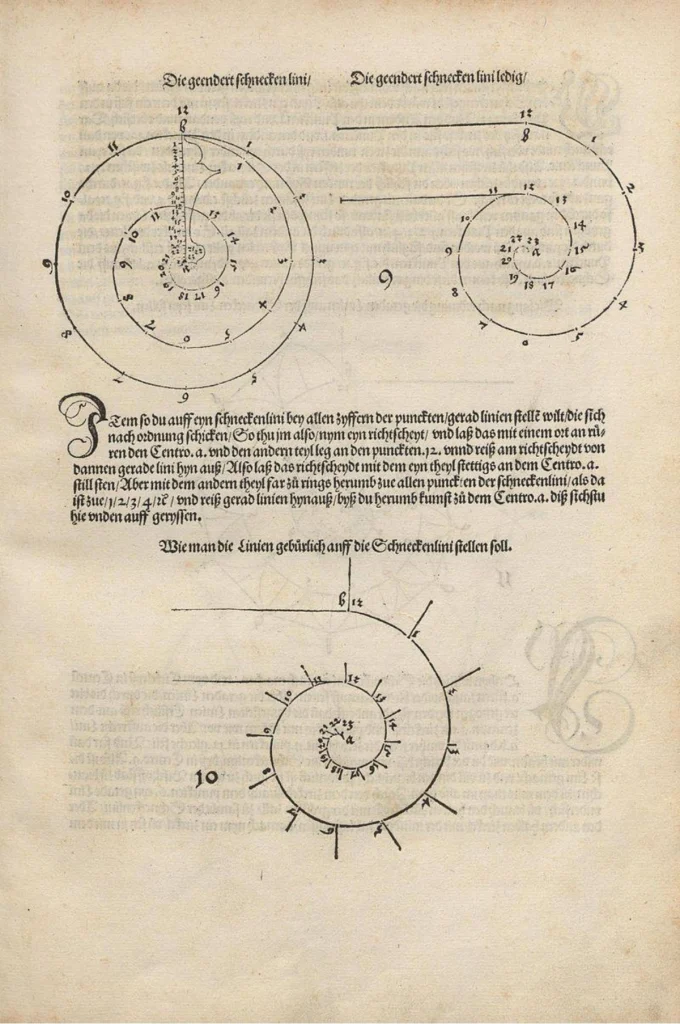
Courtesy – A hombros de gigantes. Ciencia y tecnologia via Facebook
Legacy and Influence of Albrecht Dürer
Dürer was a humanist who believed deeply in the value and dignity of artists. He championed the professionalisation of art and advocated for artists’ rights at a time when creators were often seen as mere craftsmen. His works and writings profoundly impacted generations of artists, printmakers, scientists, and thinkers.
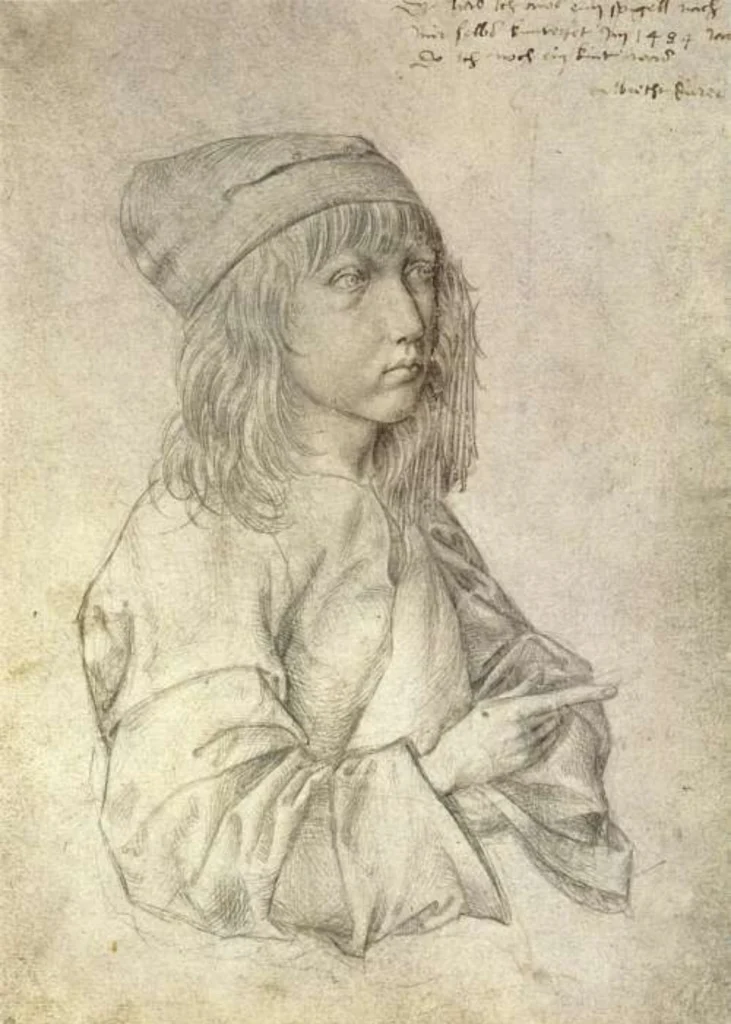
Courtesy – Geniuses
Even today, Dürer’s legacy lives on in art institutions and exhibitions around the world. His influence is visible in the works of countless painters and theorists, and his innovations in perspective, geometry, and proportion remain foundational to art education.
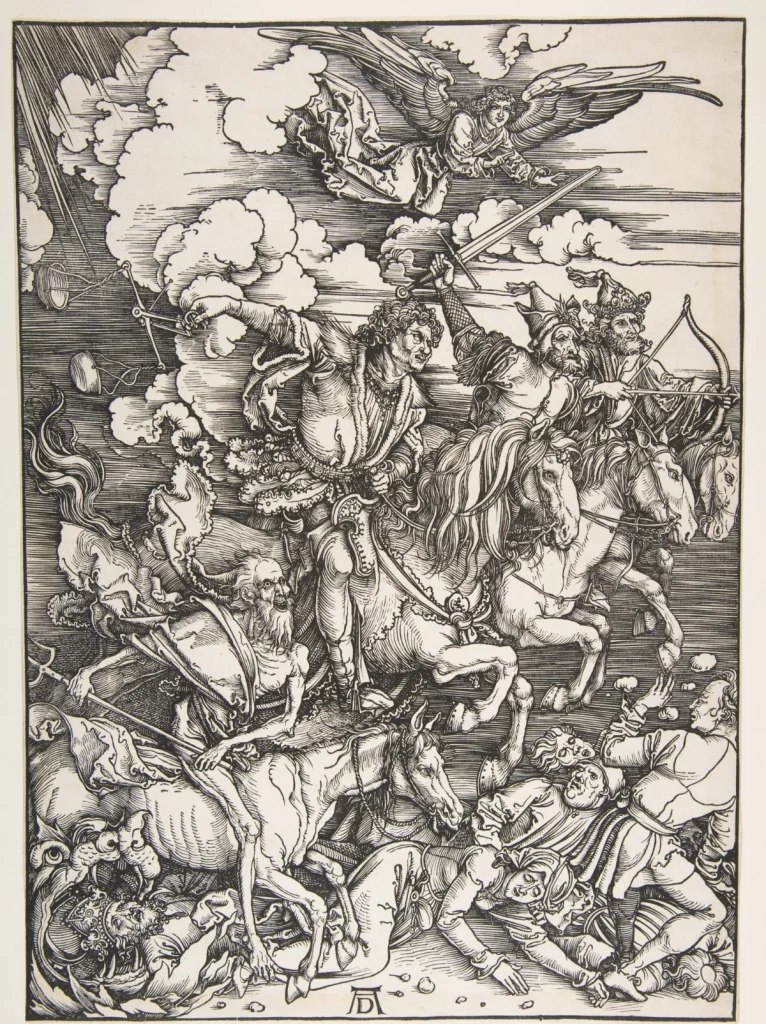
Courtesy – The Metropolitan Museum of Art, New York
Albrecht Dürer’s Legacy isn’t Tainted!
In an age where digital art and technology dominate, revisiting Albrecht Dürer’s life and work offers a vital reminder of the enduring power of human ingenuity, creativity, and interdisciplinary thinking. Whether you are admiring his emotionally charged engravings or exploring his mathematical writings, Dürer stands as a timeless figure whose work continues to captivate and inspire.
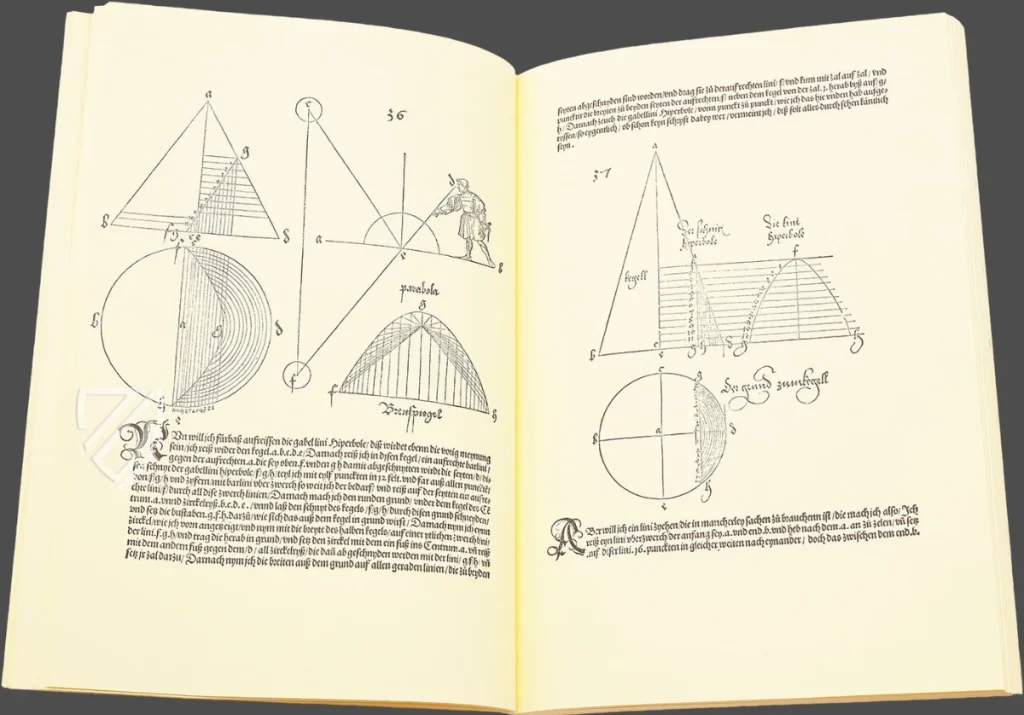
Courtesy – Ziereis Facsimiles
Image – Albrecht Dürer. Melencolia I (1514), engraving. Courtesy – Wikipedia
Contributor

